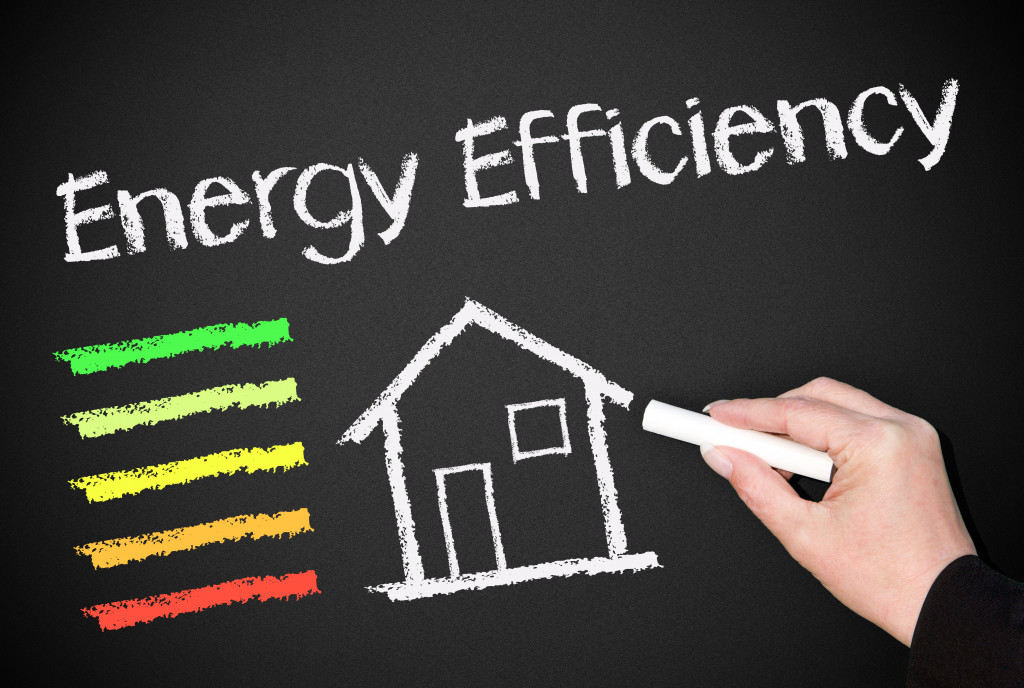Making your home energy efficient doesn’t have to be difficult or expensive. There are several small changes you can make that will add up to big savings on your energy bill. And, in addition to saving you money, these changes will also help reduce your carbon footprint. Here are some tips to get you started.
Get a smart thermostat
Smart thermostats can save you up to 30% on your energy bill by automatically adjusting the temperature in your home based on your schedule and the weather outside. They’re easy to install and can be controlled from your smartphone, so there’s no excuse not to get one.
When choosing a smart thermostat, it’s important to consider the features that are important to you. Some of the most important features include:
- Whether the thermostat can be controlled remotely from your smartphone or tablet;
- Whether the thermostat can learn your schedule and adjust the temperature accordingly;
- The level of energy efficiency the thermostat offers; and
- The cost of the thermostat
Once you’ve considered these factors, you’ll be able to choose the right smart thermostat for your home.
Consider solar power for your home

Installing solar panels can be a great way to reduce your carbon footprint and save money on your energy bill. Solar panels allow you to generate your electricity from the sun, which can help you save money on your utility bills. Additionally, many states offer tax credits and other incentives for installing solar panels, so it’s a great way to save money and help the environment at the same time.
Moreover, it can be a great way to increase the value of your home. Solar panels are becoming more and more popular, and they can add a lot of value to your home if you decide to sell them in the future. Although they can be expensive to install, they are worth the investment.
Not only will you save money on your energy bill, but you will also be doing your part to help reduce greenhouse gas emissions. So, if you’re thinking of selling your home in the future, installing solar panels is something to consider.
Educate your family and roommates about conserving energy
Simple things like turning off lights when you leave a room or setting the thermostat a few degrees lower in the winter can make a big difference. If everyone in your household is on board with conserving energy, you’ll see even more savings.
This may require having a conversation with your family or roommates about why conserving energy is important and how it can save you money. But, once everyone is on the same page, you’ll be well on your way to saving money and reducing your carbon footprint.
Invest in energy-efficient appliances
When it’s time to replace an old appliance, look for energy-efficient appliances. These appliances use less energy than their traditional counterparts, so they’ll save you money in the long run. Moreover, they often come with tax credits and other incentives, so they can save you money upfront as well.
However, before you go out and buy a new appliance, it’s important to consider how much energy it will save you. In some cases, it may be more cost-effective to simply repair your old appliance. So, be sure to do your research before making any decisions.
Seal up any air leaks around your doors and windows
Drafty homes are not only uncomfortable, but they’re also very inefficient. Take some time to caulk and weatherstrip around your doors and windows to keep the heat (or cool air) inside where it belongs.
Sealing up air leaks is important because it can help you save money on your energy bill. Air leaks can let heat (or cool air) escape from your home, which means you have to use more energy to keep the temperature where you want it. By sealing up these leaks, you can reduce the amount of energy you use and save money in the process.
There are a few different ways to seal up leaks around your home. One way is to use caulk. Caulk is a sealant that can be used to fill in the cracks and gaps around your doors and windows. It’s an easy and affordable way to close up any air leaks.
Another way to seal up leaks is to use weatherstripping. Weatherstripping is a material that can be attached to your doors and windows to create a seal. It’s a little more expensive than caulk, but it can be more effective at stopping air leaks.
Finally, you can use door seals or window inserts to seal up leaks. Door seals are strips of material that are placed around the edge of your door, while window inserts are thin pieces of plastic or foam that are inserted into the frames of your windows. Both of these methods are effective at stopping air leaks.
If you’re having trouble deciding which method to use, or if you’re not sure how to get started, consult a professional contractor for help. They can help you find and fix any air leaks in your home and recommend the best sealing methods for your specific situation.
Making your home energy efficient is good for both your wallet and the environment. By making a few simple changes, you can save money on your energy bill and help reduce your carbon footprint at the same time. So what are you waiting for? Get started today!











